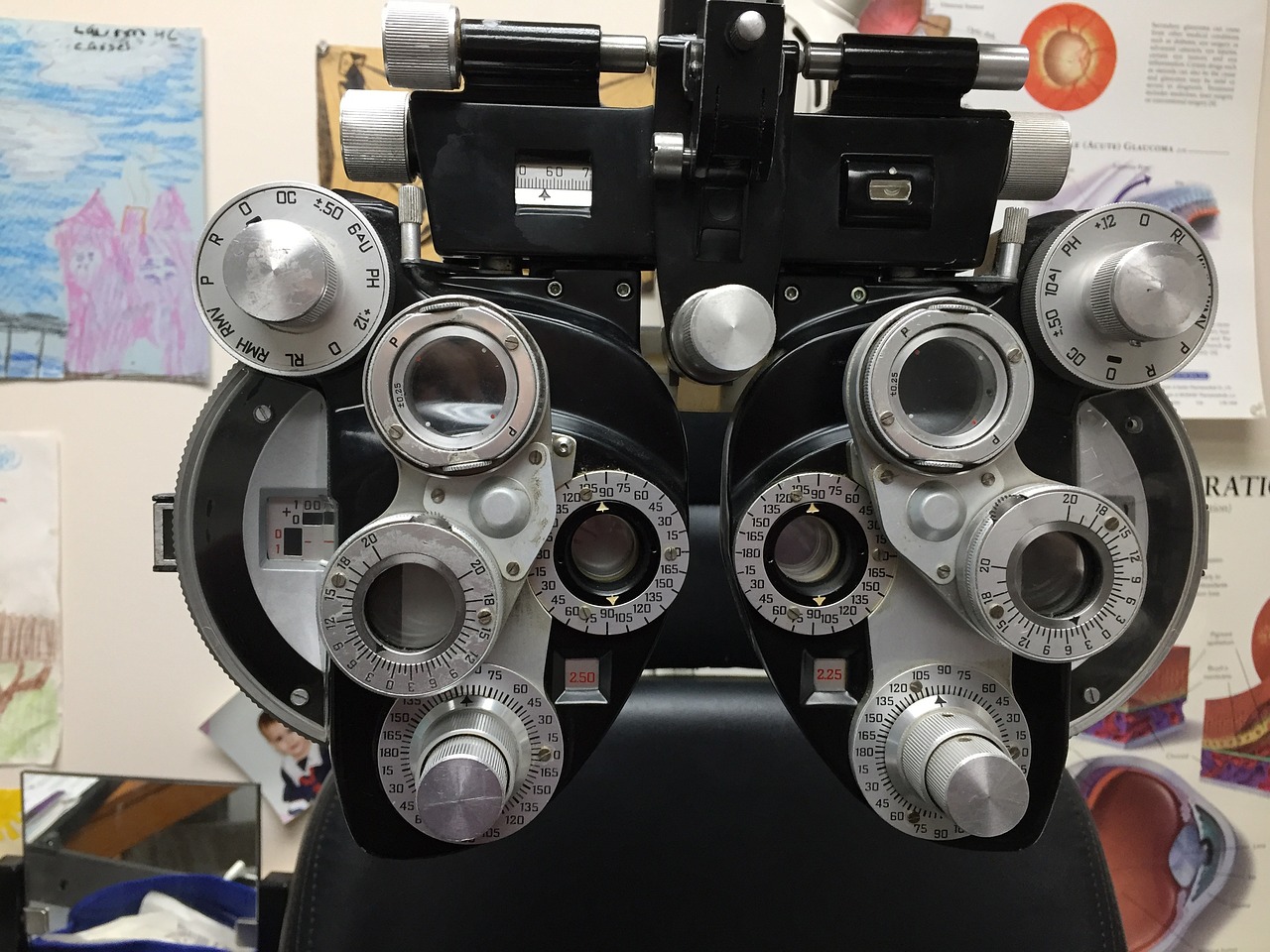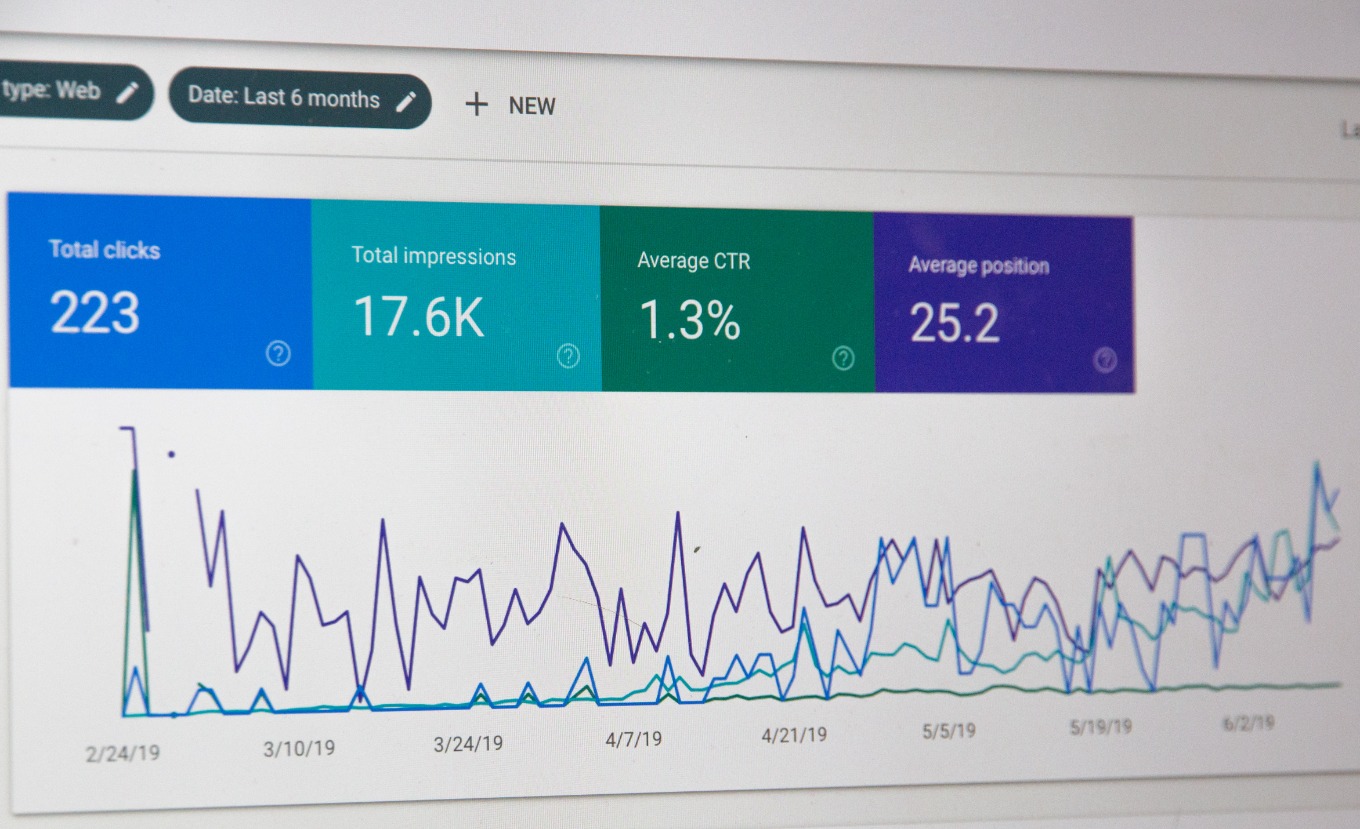How to Create a Budget for Your Ophthalmology Practice
As an ophthalmologist running a thriving practice, the complexity of financial management can sometimes be as demanding as the intricacies of the human eye. Indeed, navigating the financial landscape of an ophthalmology practice can seem labyrinthine, an intricate pattern of revenue streams, expenditures, and investments. Here, the creation of an intelligent, flexible budget becomes a singularly critical instrument in your toolbox.
To embark on this journey of financial planning, we need to perceive the entire spectrum; from the comprehension of the current financial status, through identifying areas of improvement, to the creation and subsequent application of the budget.
First, let us delve into the concept of the 'current financial status.' This term refers to the existing financial scenario of your practice, encompassing your revenues, costs, and cash flow. A meticulous analysis of your current financial status will offer a clear snapshot of your practice’s financial health.
The examination of revenue streams should be all-encompassing, including not only patient services but also peripheral sources such as sales from spectacles, contact lenses, or any other eye care products. An analytical breakdown of revenue sources could reveal potential areas for growth or improvement, thus enabling a more targeted allocation of resources.
In terms of costs, attention must be given to both fixed and variable expenses. Fixed costs, such as rent, salaries, and equipment leases, remain constant regardless of the patient load. Variable costs, on the other hand, fluctuate with the number of patients, including costs of supplies, appointment reminders, and lab fees.
The next logical step is identifying areas of improvement, a process predicated on benchmarking. Benchmarking compares your practice's performance against industry standards or peer practices. This can be fruitful in unearthing areas where your practice may be underperforming, offering the opportunity to reallocate resources more judiciously.
With a clear perception of the current financial landscape and potential areas of improvement, the creation of the budget becomes a more informed and strategic process. While the Pareto Principle, more commonly known as the 80/20 rule, is traditionally applied to socioeconomic scenarios, its application can be ingeniously extended to budgeting as well. According to this rule, 80% of outcomes come from 20% of causes. In budgeting terms, this could mean that the majority of your revenue might be generated by a minority of your services, or vice versa. Such insights can guide you towards a more targeted allocation of resources.
Post-creation, the application of the budget is a dynamic process. The budget should not be perceived as a rigid financial blueprint, but rather as a flexible guideline that evolves with your practice's needs and market dynamics. Regular budget reviews, ideally quarterly, would allow for timely adjustments and more accurate long-term financial planning.
Finally, don't underestimate the value of professional advice. An experienced financial advisor can offer expert guidance, from helping identify potential pitfalls and opportunities to assisting in the implementation of the budget.
Creating a budget for an ophthalmology practice involves a blend of financial acumen, strategic thinking, and an intimate understanding of your practice's unique needs and challenges. It requires you to view your practice not just as a healthcare provider, but as a dynamic business entity. Just as you, as an ophthalmologist, enhance your patients' vision, a strategic budget will provide clear financial insight, guiding your practice towards sustainable growth and success.
Just as you, as an ophthalmologist, enhance your patients' vision, a strategic budget will provide clear financial insight, guiding your practice towards sustainable growth and success.






